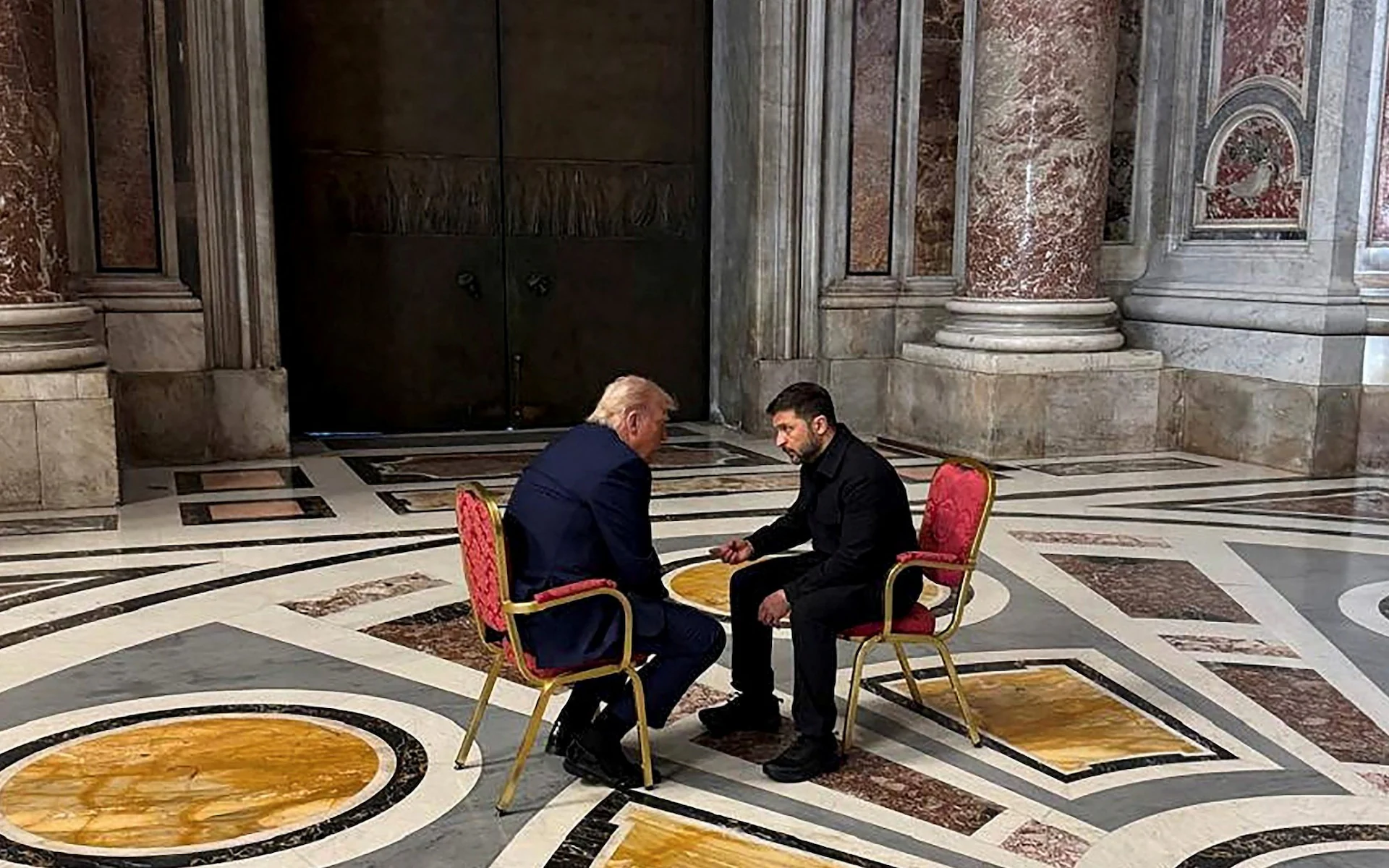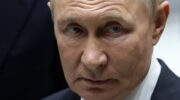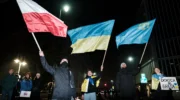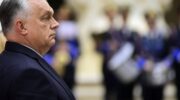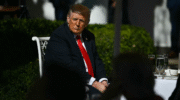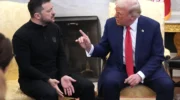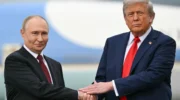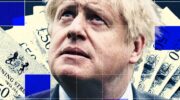Putin has pushed the US president back toward Ukraine, but Zelensky knows this is unlikely to change the course of the war.
The death of Pope Francis brought Donald Trump and Volodymyr Zelensky together face to face for the first time since their abortive meeting in the Oval Office in February. Both sides described their 15-minute discussion as productive, with Zelensky hailing it as potentially “historic”.
The French president Emmanuel Macron appeared to try to muscle in on the meeting but was sharply waved off by Trump. Perhaps no bad thing, as it is understood that the Europeans were involved in preparing Zelensky for the White House meeting that went so badly wrong.
Putin did not attend the funeral. He had met Francis three times in the years before he invaded Ukraine, but rejected the Pope’s offers to travel to Moscow since the conflict began. During the Second World War, one of Putin’s predecessors, Joseph Stalin, famously asked “How many divisions does the Pope have?” It’s said that when Stalin’s wit reached the Vatican, Pius XII responded, “You can tell my son Joseph that he will meet my divisions in heaven.”
For Zelensky’s comments on his meeting with Trump to be even partially right, we may assume that Pope Francis’s celestial divisions intervened in Rome. On X, Zelensky wrote: “Good meeting. We discussed a lot one on one. Hoping for results on everything we covered. Protecting lives of our people. Full and unconditional ceasefire. Reliable and lasting peace that will prevent another war from breaking out.”
Following a meeting between the US presidential envoy Steve Witkoff and Putin the previous day, Trump had said: “A good day in talks and meetings with Russia and Ukraine. They are very close to a deal, and the two sides should now meet, at very high levels, to ‘finish it off’… most major points are agreed to.”
If this also is right (we have heard such comments before), we may be at the closest point to achieving a full ceasefire in this war than at any time since Putin launched his invasion in February 2022. What is not clear, though, is whether or not Putin will see this as a damaging blow brought on by his own hubris – or as events proceeding according to plan.
At this point, Ukrainian concessions are unavoidable. Russia undoubtedly has the upper hand in an attritional campaign that is slowly bleeding it dry. Trump will not intervene decisively in this war, and even in the impossible scenario that he suddenly declared his intention to place US troops – about the only way Putin can now be stopped – he knows that Western European countries would not follow him into battle. They are themselves running out of munitions and for decades have lacked the spine to defend their own people, never mind those of a faraway country.
Despite the extraordinary heroism of Ukrainian soldiers on the battlefield and Kyiv’s burgeoning armaments industry, especially in drone production, the country is not in a position to stand alone forever.
There seems to be little choice but to negotiate on the basis of Trump’s latest peace proposals or something like them. That includes effectively ceding much of the territory that Ukraine has already lost to the Russian onslaught. Trump has also suggested that the US would recognise Putin’s 2014 annexation of Crimea, although there would be no demand on Kyiv to do the same. From the noises coming out of Washington, it seems Putin might possibly be willing to go along with Trump’s proposals, especially after the threat of new sanctions to speed along a stalled process.
Putin has to balance the continuation of the war against the damage it is inflicting on the Russian economy. But if a ceasefire and negotiated outcome is achieved, his position will be boosted and strengthened. In Moscow, he could easily paint it as a victory; it doesn’t much matter whether the Russian people see such an outcome as fair exchange for the vast casualties they have suffered nor for the significant harm to their standard of living.
Meanwhile, Zelensky’s own position will be precarious. If he accepts a ceasefire and the loss of huge swathes of Ukrainian territory that negotiations are likely to entail, it’s hard to imagine that he will be president for much longer. Putin, of course, will be actively preparing for this outcome, and making plans for exploiting the chaos that might follow.
The future for Ukraine and for the wider West looks very bleak. Nato has proved itself to be a paper tiger, as Putin knew it was. Despite the high-minded and well-intentioned Article 5, it is unlikely that Nato countries would come to the aid of a fellow member under attack by sending their own boys to fight, especially in Eastern Europe, where Putin is likely to strike again.
Rather than railing against Donald Trump and blaming him for the parlous state we are in, European countries need to get serious about defence in a way they haven’t been at least since the Cold War. That of course means spending vast amounts of money on military capabilities at the expense of social services, international aid and the many other bottomless pits to which all Western governments have become ever-more addicted.
But it also means actively preparing their societies to be ready to fight and sacrifice when it becomes necessary. That will perhaps be the greatest challenge after years of soft living for so many, and ever-more bloated welfare states. For the alternative option they only have to look at Ukraine.
Putin will see what is happening there now as an even brighter green light for his future aggression. The same is true of China, Iran and any other despotic regimes that want to take on the West. There is nothing to celebrate in a defrosting of US-Ukraine relations if the end result – betrayal – remains essentially the same.
And what is our response? As awful as this spectacle is, I have yet to hear even one realistic suggestion for an alternative course of action that will do anything more than continue the bloodshed. The image of Trump and Zelensky hunched over their chairs in St Peter’s Basilica may haunt us for years to come.

